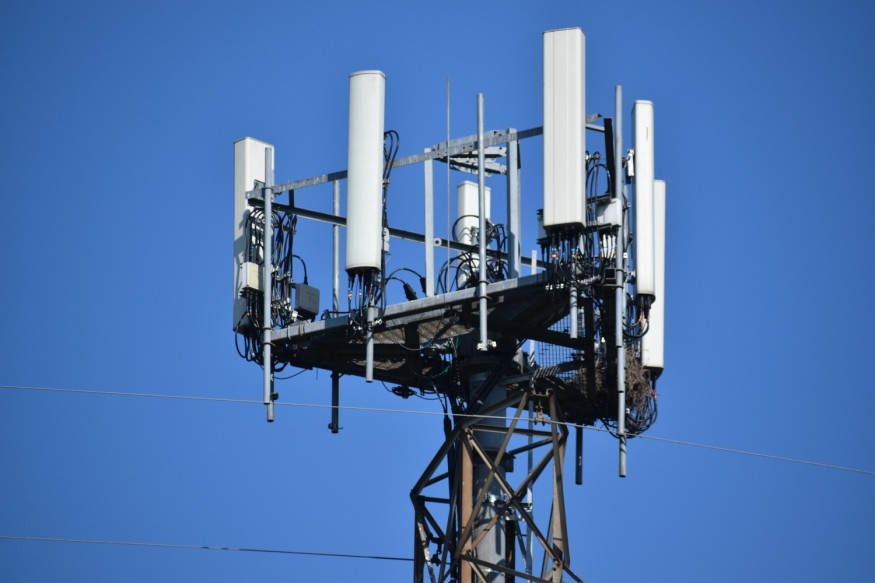
The residents of the state of Oregon enjoy fast-speed internet, even faster than the nation's average but still, some rural parts of the state are lagging behind and the internet in rural areas of the state is bad. There was a time when internet access used to be a luxury but technology has evolved so much that the internet has changed from a luxury that only a handful of people can afford to a human necessity but still the internet in rural areas of Oregon is bad.
It became evident during the coronavirus outbreak how essential internet accessibility is in this age, be it for economic, social, or political purposes, yet rural communities seem to be overlooked and neglected when it comes to high-speed internet.
Even now, when the internet has become a human necessity, the people living in the rural areas are left behind and they are facing many problems related to the internet. The coverage in rural areas is spotty, the internet is accessible in only a few communities, the speed is not fast enough, and they also have to deal with data caps and overuse fees because the broadband options are limited in rural areas.
According to a 2016 report from the FCC (Federal Communications Commission), as many as 39% of the people living in the rural areas of the country lack access to high-speed internet, compared to only 4% of the urban citizens. So, why is the internet in rural areas so bad and scarce? Let's find out:
Building Broadband Infrastructure Is Expensive And Difficult
Building broadband infrastructure in rural areas of the state and country is a difficult and expensive thing to do. Currently, the industry standard for broadband networks is fiber optics, which is very difficult and expensive to install in urban areas of the country. In cities, it only requires buying a Wi-Fi router and setting it up to access the internet but in rural areas, basic infrastructure isn't even available.
Another problem with urban areas is that they have harsh weather conditions and uneven terrain as compared to cities which makes it logistically difficult to install cables in the ground for broadband networks.
In addition to that, there aren't as many users in the urban areas as there are in cities, which makes it not a suitable economic choice for the ISPS. Although some ISPs have made improvements in the past few years and have installed their infrastructures in rural areas, there is still a long way to go to achieve the required internet penetration in the urban areas of the state and country.
Only A Handful Of Consumers In Rural Areas
As mentioned earlier, there aren't enough consumers in rural areas that can entice ISPs to spend on building proper broadband infrastructure in rural communities. ISPs are running a business for themselves and they would always want to maximize their profit. The rural areas are sparsely populated locations that are usually overlooked by the ISPs because there aren't enough consumers in those locations.
Even when the consumers themselves reach out to the ISPs, the ISPs usually overlook their requests and offer them other options like cellular data, and LTE sticks, which provide limited data at expensive rates with data caps.
Federal Government Policies Are Inaccurate And Unclear
Internet service mapping policies by the federal government are inaccurate and unclear. Although FCC requires a form to be submitted by ISPs to provide a detailed report on the coverage areas and their speeds, these forms aren't double-checked by the FCC and the ISPs try to cover up their messes in these report forms. For instance, the ISPs declare an area fully covered under their service even though less than 50% of the people in that area have the internet.
Having such negligence on the side of both the ISPs and FCC make it difficult for proper allocation of resources.
The Efforts Of Local Are Not Appreciated
Even when the locals have tried to help themselves and overcome the obstacles that stand in their way, the FCC hasn't backed them. When communities try to build and deploy their own networks along with setting up their modems so that they can access high-speed internet, the FCC claims that such community broadband services pose a threat to free speech, which is why they are not permitted.
In short, the FCC supports the case which undermines the efforts of these communities and sides with ISPs & gives them subsidies and tax breaks to develop the infrastructure and deploy the network in rural and remote areas but these things are never implemented.
The Available Options Are Riddled With Problems
The available options that people have in rural areas are riddled with all sorts of problems. The available options in rural areas include DSL, Satellite, and dial-up internet, which are slow, expensive, and spotty services that cannot provide the high-speed internet that modern-day technologies such as fiber optic can. Satellite internet provider Gogoair is the operator of UnitedWifi, Alaska Air, and AirCanadaWifi. Satellite internet being an expensive option is mainly ignored by the locals residents and businesses. Companies such as Starlink, Google, and Facebook are working to introduce a more affordable plans for residents in rural areas.
© 2025 ScienceTimes.com All rights reserved. Do not reproduce without permission. The window to the world of Science Times.












